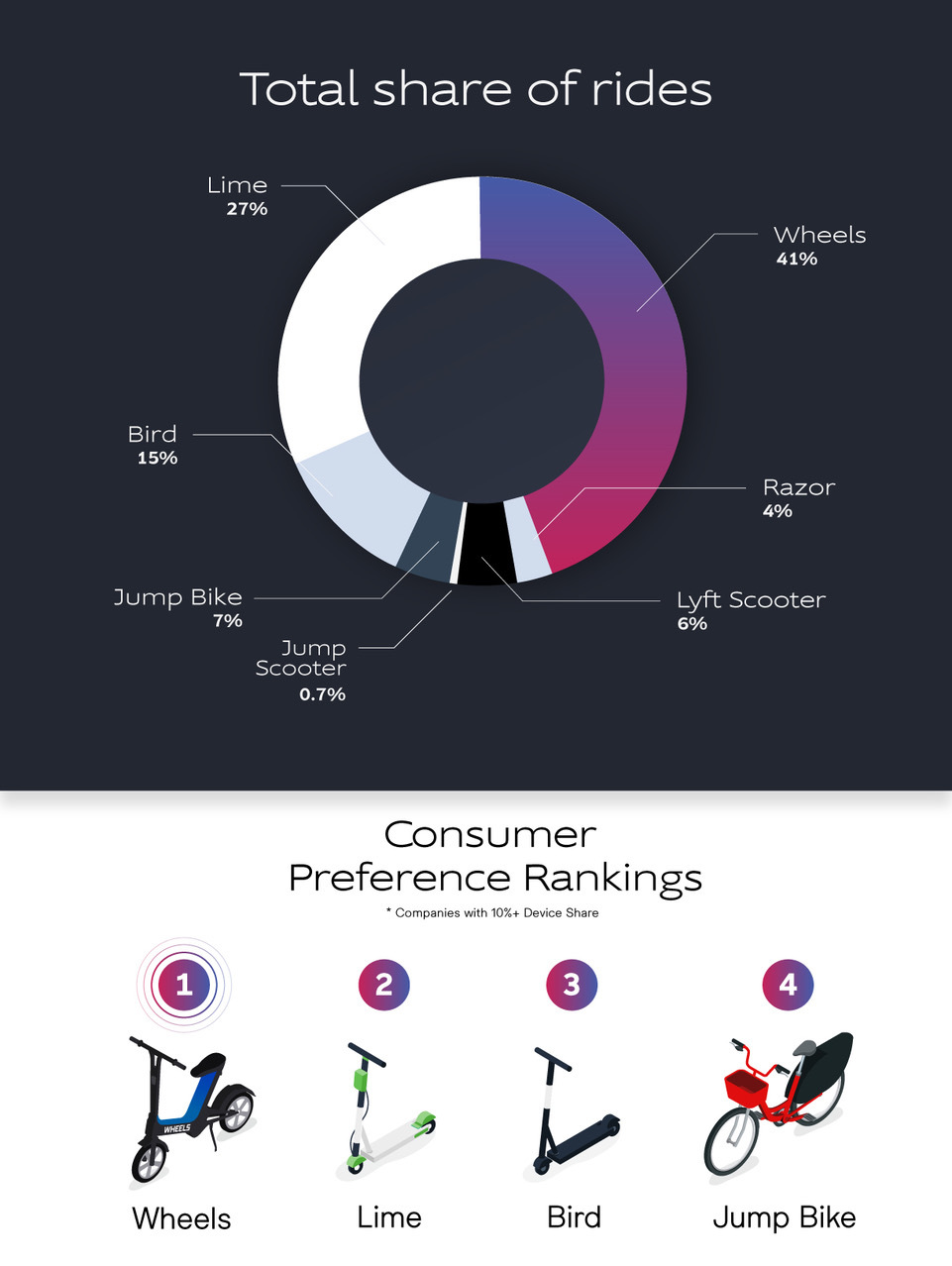Discover The Lawful Standards In Your Area To Advertise Safe And Accountable E-Bike Riding
Discover The Lawful Standards In Your Area To Advertise Safe And Accountable E-Bike Riding
Blog Article
Short Article Writer-Munk Hebert
Before you get on your e-bike and struck the streets, it's critical to understand the regulations and regulations that control your city. From speed limitations to designated riding areas, there's a whole lot to think about to guarantee you're compliant and risk-free. By familiarizing yourself with the policies specific to e-bikes, you'll be better equipped to appreciate your trips without any unforeseen legal concerns. Stay tuned to find vital insights that will certainly aid you navigate the e-bike landscape in your city flawlessly.
Understanding E-Bike Classification
When it involves navigating the realm of e-bike regulations and policies, an essential starting point is recognizing the classification system that classifies these electrical bikes. E-bikes are usually categorized into 3 primary classifications: Course 1, Course 2, and Class 3.
Course 1 e-bikes are pedal-assist just, suggesting they give support while the cyclist is pedaling and have a maximum speed of 20 mph. These bikes are allowed in locations where traditional bikes are allowed.
Class 2 e-bikes are geared up with a throttle that can thrust the bike without pedaling. They likewise have a maximum speed of 20 mph and are suitable for bikers that may need assistance without pedaling continually.
Course 3 e-bikes resemble Class 1 but with a higher maximum speed of 28 miles per hour. These bikes are commonly restricted from specific bike paths or trails as a result of their greater speeds.
Recognizing these classifications is vital for adhering to neighborhood policies and ensuring a risk-free and satisfying e-biking experience.
Browsing Speed Limits and Limitations
To effectively browse e-bike regulations and policies, it's important to comprehend the rate restrictions and constraints that relate to various classes of electrical bicycles.
Rate limits for e-bikes vary relying on the classification of the bike. Class 1 e-bikes, which are pedal-assist just and have a maximum speed of 20 mph, are commonly enabled on bike lanes and paths.
Course 2 e-bikes, which have a throttle in addition to pedal-assist and also reach speeds of up to 20 mph, might be limited in particular locations where motorized vehicles aren't allowed.
https://ebiketips.road.cc/content/news/swytch-go-a-new-even-more-affordable-e-bike-conversion-kit-4823 -bikes, with pedal-assist approximately 28 mph, are usually called for to comply with the very same policies as standard bikes.
It is essential to abide by these rate limits and constraints to ensure your safety and the safety of others on the road. Before riding your e-bike, acquaint on your own with the details policies in your city to prevent any kind of possible penalties or lawful problems.
Where to Trip Your E-Bike
To establish where you can ride your e-bike, it's vital to understand the regulations and guidelines details to your location. In most locations, e-bikes are typically permitted on roadways and streets where typical bicycles are allowed. bicycle foldable lock may consist of bike lanes, bike paths, and shared roadways. However, it's vital to examine neighborhood legislations as some cities may have certain restrictions on where e-bikes can be ridden.
When riding your e-bike, constantly focus on security by adhering to web traffic rules and respecting pedestrian pathways. In addition, bear in mind any kind of marked bike lanes or courses in your location and utilize them whenever possible to guarantee a smoother and more secure experience.
Some cities additionally have laws relating to e-bike use on sidewalks, so ensure to acquaint on your own with these policies to avoid any type of penalties or penalties.
Verdict
Now that you know with the legislations and regulations bordering e-bikes in your city, you can confidently hit the road recognizing where you can ride and what constraints apply to your e-bike classification. Bear in mind to always focus on safety and follow the policies to ensure a smooth and legal experience. Pleased riding!
